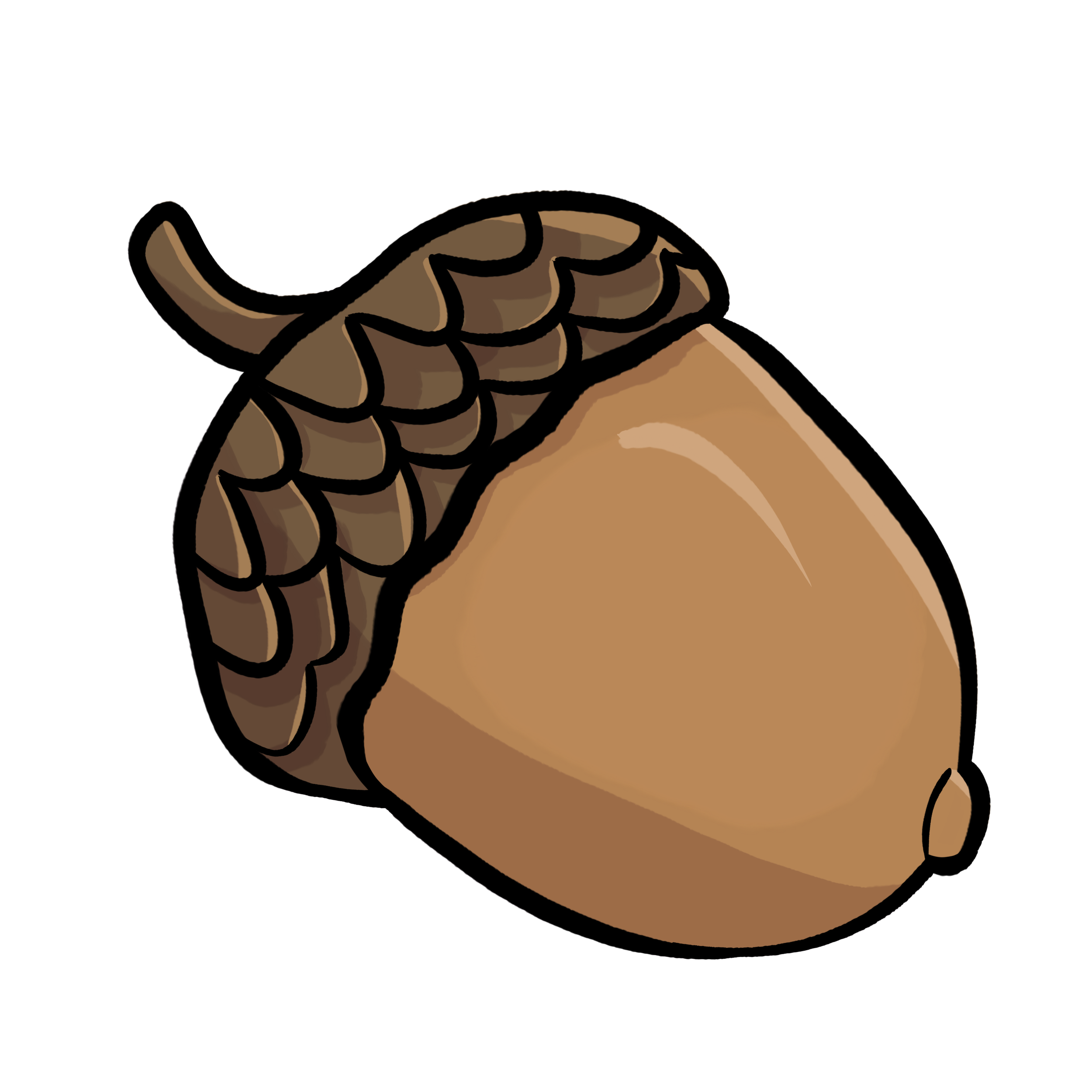HUMANS OF TYSON 2021
Jonathan Myers
(he/him)
Associate Professor of Biology
PI Forest Biodiversity Team
How are you inspired by science?
I like how there's not just one way to do science. Scientists can be successful in many different ways, through the approaches that they use, the people they collaborate with, the mentees they mentor, the lifelong professional networks they've developed over their career, the study ecosystems they work in, the way they write, all the tools that are in their toolbox. I like being in a community of people where lots of people use different approaches in a creative way to try to understand these uncharted waters. That individual creativity aspect of science is really rewarding to me.
What has been the most difficult challenge of your team’s research over the past summer?
During a re-census, the diameter of each tree is measured at a height of 1.3 m from the ground.
To be part of the ForestGEO network, you need to re-census the forest plot every five years. [To re-census is to identify, measure, and map every single tree within the research plot.] We were in the middle of our first big re-census when the pandemic hit. And since it’s a five-year re-census interval, the longer your census takes, the more it blends into your next census window. In the ideal world, you would census the plot every five years and complete the census in one field season. But in reality, it’s so much data and so much work, that if you’re unable to have a large field team, or you have an unexpected delay, for example, due to COVID, it lengthens the time of the census. Last summer Erin and I started out with our smallest field team to date. So that was a bit of a challenge.
Have there been any positive outcomes in the past year?
In previous years we have had up to 16 people on our field team. We went down to 2 last summer. This summer, however, we have an amazing field team! It’s more intermediate in size and everyone gets along really well. That’s not a surprise, but you never know how everyone’s going to get along. I couldn’t be happier with the team.
Does hope have a role in the work that you do?
At the global scale, one hopeful sign has been that the ForestGEO network has transitioned over the last year from intensive in-person workshops to monthly virtual seminars. And these have just been wonderful. Every month there's 50 to 75 people from around the world that attend the seminar. And even though you can't interact with everyone, just seeing everyone around the world and seeing that most people are still doing okay, that they're still really excited about forest ecology, and that they're interested in engaging in this global community has been wonderful. So that's kept me hopeful that we're going to emerge from this pandemic okay.



